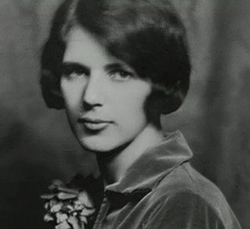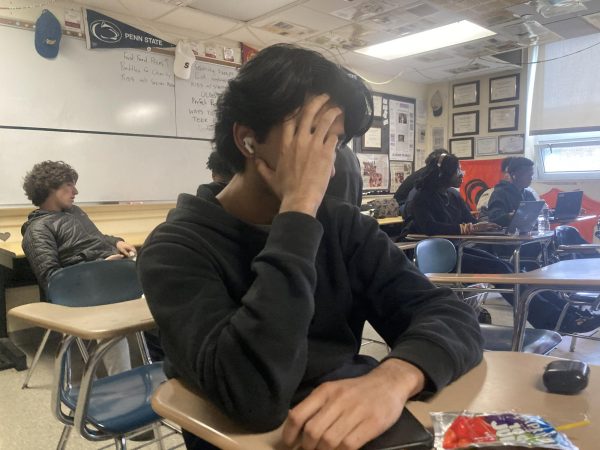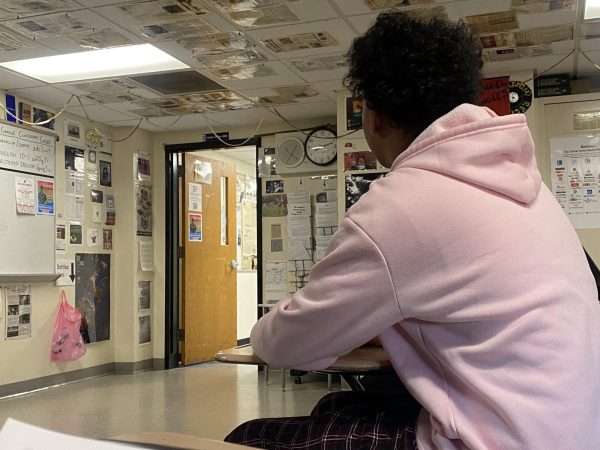Quinceaneras: A Look at a Coming-of-Age Celebration
June 9, 2015
Sixteen is a magical age for most teenagers. It represents getting a driver’s license, becoming more independent, and growing up – so what better way to celebrate than to dress up, invite all your friends over, and throw a huge party?
Sweet Sixteens are an integral part of American culture, and while many teenagers look forward to celebrating their sixteenth birthday, others anticipate a different kind of coming-of-age birthday bash. Quinceañeras are celebrated by Hispanic girls all across the Americas, and though they’re different from Sweet Sixteens, they are just as special.
The biggest difference between a Sweet Sixteen and a quinceañera is that quinceañeras are celebrated at age fifteen. Typically, only girls have quinceañeras, and traditionally, they have a religious component. At first, quinceañeras were used as a way for a girl’s family to announce her transition into womanhood and let the men know that she was a full-grown women, ready for marriage and motherhood. As time passed, quinceañeras were no longer used to present the women of a community to the men, but as a celebration of growing up.
Among the most important preparations for a quinceañera is choosing the perfect outfit. The birthday girl, called the quinceañera, wears a pink ball gown-style dress, along with a pair of ballet flats, and, sometimes, gloves. She gets her hair and makeup done and may choose to wear jewelry. Traditionally, this is the first time she is allowed to do so.
The next important decision made in terms of fashion is the tiara and high heels she will put on during the ceremony. The girl’s father will remove her flats and replace them with heels, as well as place the tiara on her head, to represent her transition into womanhood.
A few other items must be selected for use during the ceremony, namely a doll, and sometimes a Bible and rosary. This doll is the last doll the quinceañera will ever receive, symbolizing that she is no longer a little girl. For families who choose to maintain the religious aspect, the Bible and rosary are given to the quinceañera by a close relative to remind her never to forget her faith.
Aside from picking a venue and menu, another key detail is the guest list. The quinceañera will invite family and close friends, but among the most important people in attendance will be her court. This consists of 14 couples, 12 boys and 12 girls total, who will accompany her on her big day. She will also pick a partner for herself, and the two will make up the fifteenth couple. These friends of the quinceañera will be dressed in matching outfits, sit with her at the main table during the reception, and often participate with her in a choreographed waltz or other dance. They serve a similar purpose to the bridal party at a wedding, helping with party preparations, and are the ultimate guests of honor.
On the day of the celebration, some families choose to attend mass, followed by the party, which is a sort of reception. Others choose to only have the party. Either way, the real celebration officially begins with the entrance of the immediate family members and the court, followed by the grand entrance of the quinceañera and her partner. The court joins her in their dance before sitting down for dinner. The quinceañera then sits in the center of the room for the ceremony, during which she receives her new shoes, tiara, doll, and other gifts from her relatives.
The quinceañera then spends the rest of the night dancing with every male member of her family, then with her partner, with all her guests joining her on the floor after a special spotlight dance with her father. She may exchange small gifts with her court as thanks for their participation.
She will also take a lot of pictures, and may have a birthday cake, which sometimes comes with a little tradition of its own. The quinceañera selects fifteen of her closest family members and friends (usually different people from those in her court, like her parents, grandparents, etc.) who each light one candle and say a few words about the birthday girl – this is similar to a wedding toast.
In modern times, there have been many changes to the traditional quinceañera. Many families no longer include the religious part of the celebration. Girls now wear different styles of dresses in all different colors. Some girls, especially Hispanic girls living in the United States, even choose to combine their quinceañera with their Sweet Sixteen, celebrating their sixteenth birthday and carrying out a select few of the quinceañera traditions.
Another main change is that many boys have decided that they, too, want to celebrate their fifteenth birthday. Traditionally, boys do not have a major coming-of-age celebration like the quinceañera because, as boys, they have always had a higher social status, and their family’s real celebration happened when they were born. Boys needed no formal introduction to the community the same way girls did, but now that those social norms are less prominent, many boys have decided they want a big, cultural celebration, too.
Despite these differences, the significance of the quinceañera in Hispanic culture has not changed. It is still extremely important culturally and one of the most special days in a girl’s, and now also boy’s, life.














